Victoria Cross heroes of World War One
- Published
On Remembrance Sunday, the UK honours those killed in the two world wars and later conflicts.
First awarded in 1857, the Victoria Cross (VC) is the highest award available to the British and Commonwealth armed forces for gallantry in action with the enemy.
During World War One, 628 were awarded, a quarter posthumously.
A new book tells the story of every VC awarded during that conflict.
Here, we present a selection of those stories.

Albert Ball VC
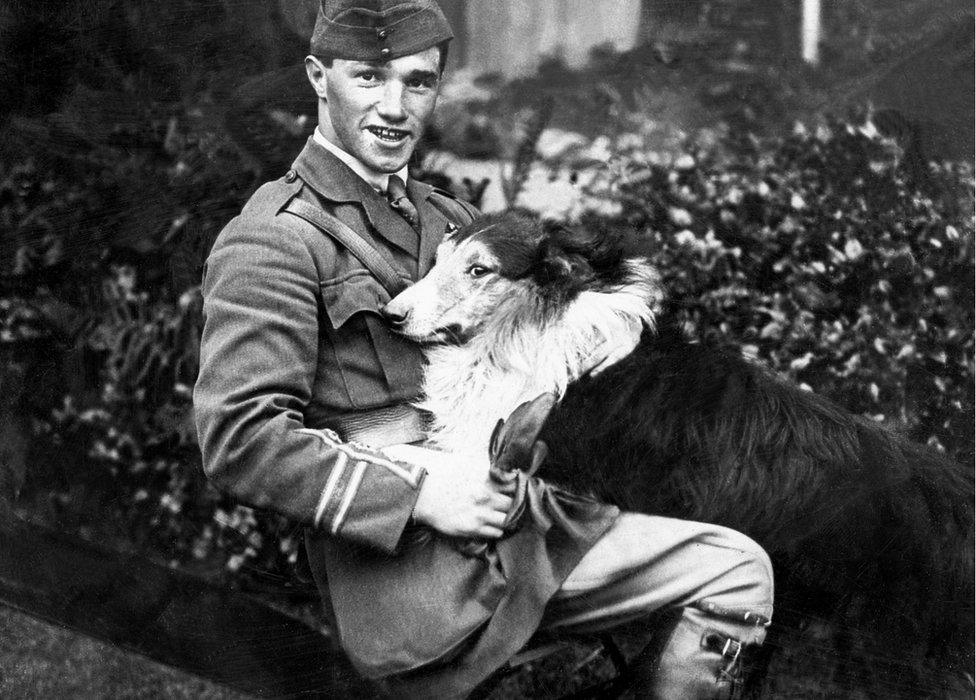
Albert Ball was known as Britain's best aviator, a reputation earned while serving with the Royal Flying Corps, with 44 confirmed and 25 unconfirmed kills.
He wrote: "I hate this game. But it is the only thing one must do just now. Won't it be lovely when all this beastly killing is over and we can just enjoy ourselves and not hurt anyone?"
He was awarded a posthumous VC having crashed his SE5 aeroplane during a dogfight involving German ace Lothar von Richthofen, near Annoeullin, in northern France.
It remains unclear whether enemy fire or mechanical failure was the cause of the crash.
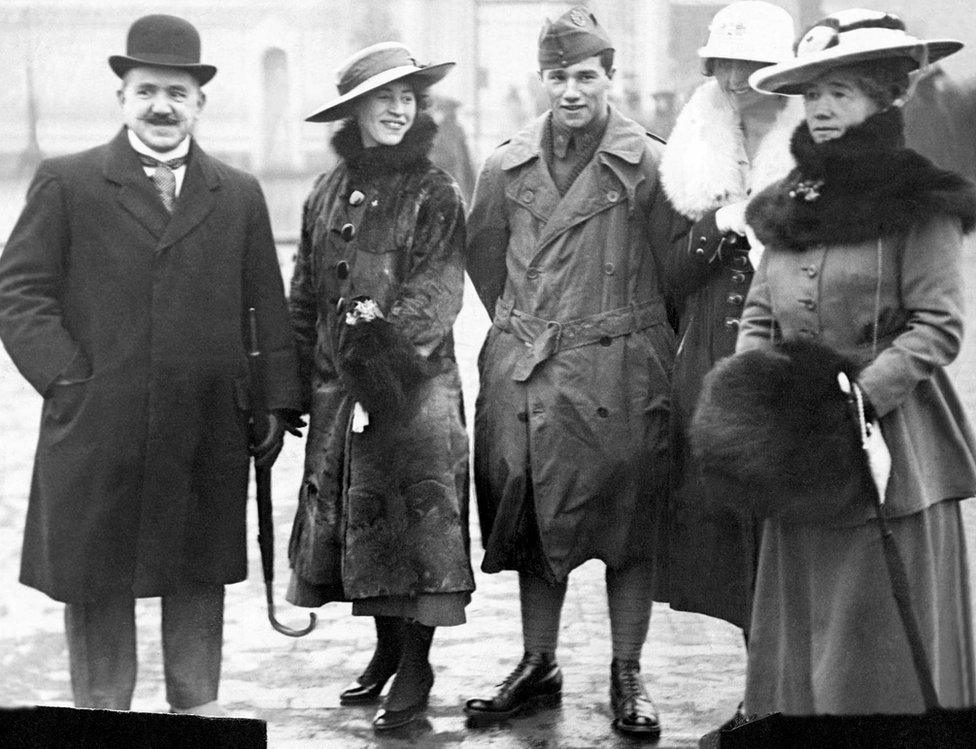
Ball is seen here, with his mother, father, sister and a friend, after receiving the Distinguished Service Order (DSO) and two bars and the Military Cross in November 1916.
His VC, which he won the following year, was acquired by the City of Nottingham Museum but is on loan to the Sherwood Foresters Museum in the city.
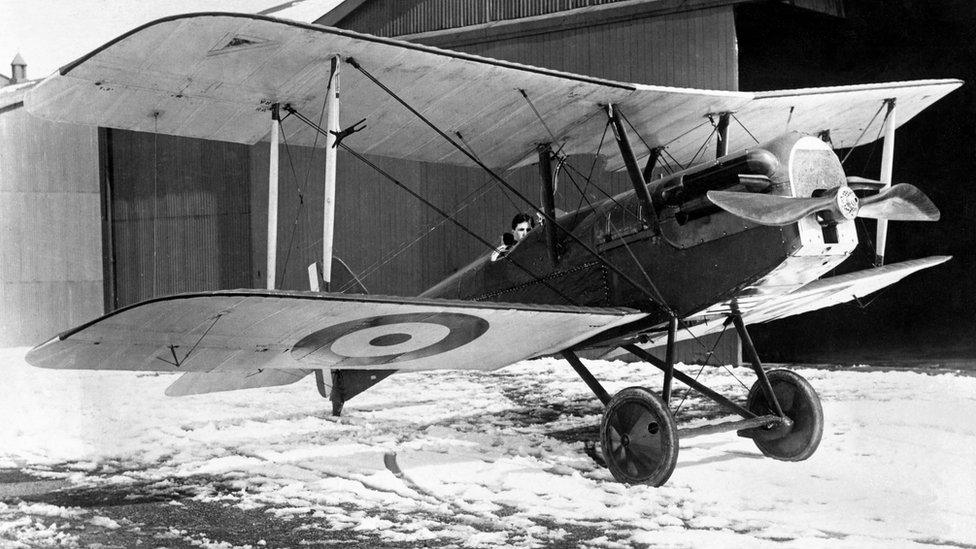
Albert Ball at the controls of his Royal Aircraft Factory S E 5
Ball is recorded as having waved to his opponent in the sky when both ran out of ammunition, leaving them no other course than to both head to their respective bases.

John 'Jack' Travers Cornwell VC

John "Jack" Travers Cornwell was a boy 1st class on HMS Chester during the Battle of Jutland.
Only 16 years old, he courageously stuck to his guns throughout and died of injuries soon after.
He was the youngest VC winner of World War One.

Noel Chavasse VC
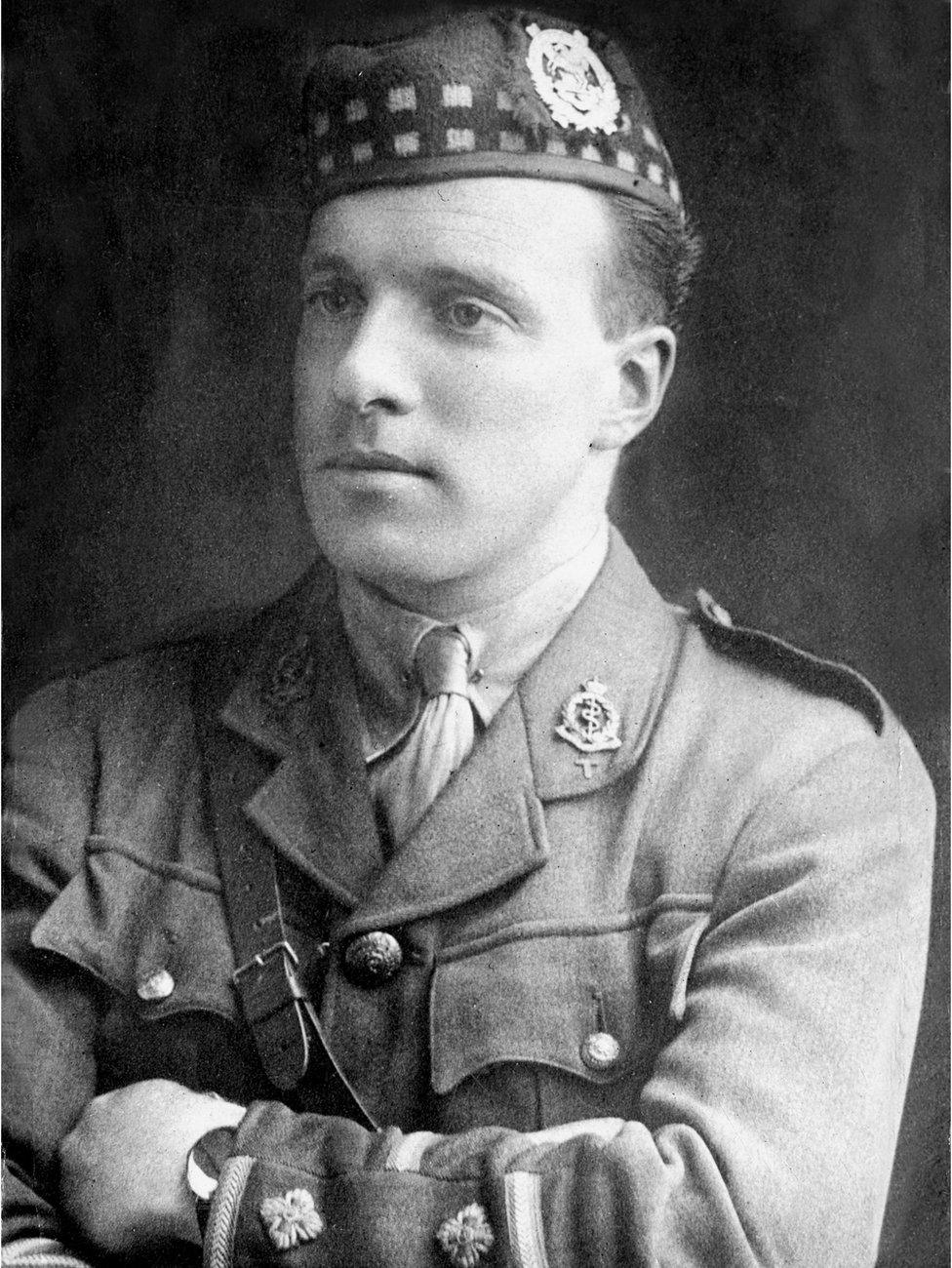
Noel Chavasse was the only double VC winner in World War One, and is one of only three in the history of the medal.
Part of the Royal Army Medical Corps attached to the King's (Liverpool Regiment), he was honoured in consecutive years for selfless actions on the Western Front.
He led rescue and recovery missions in no man's land, despite aggressive shell fire, and took a fatal shot to the head at the Battle of Passchendaele.

Noel (third from left) and his brother Christopher were accomplished athletes, both representing Great Britain in the 400m at the 1908 London Olympics.

William Coltman VC
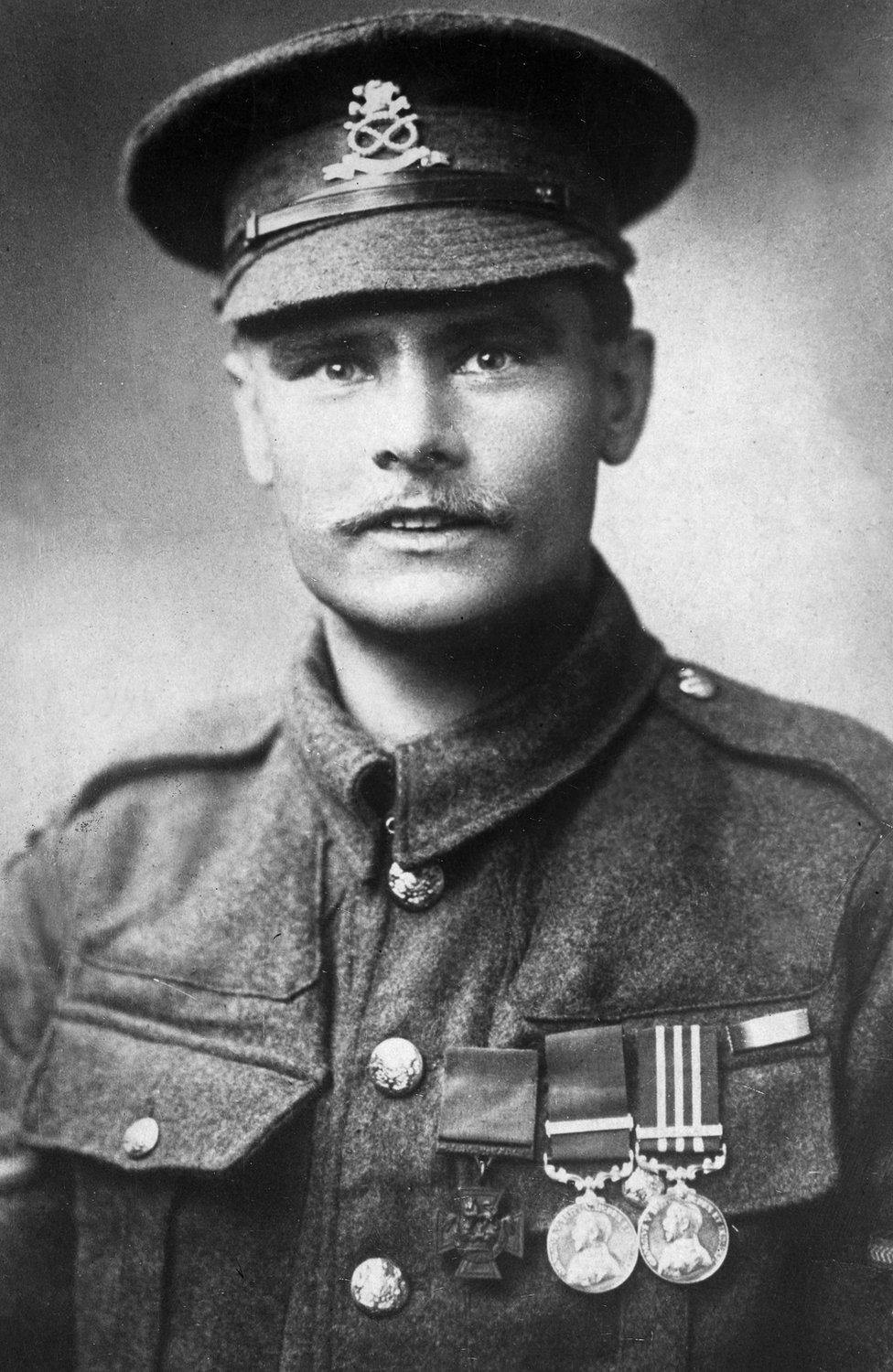
William Coltman was the most highly decorated non-commissioned officer of the War.
A conscientious objector, his Christian beliefs prevented him from taking up arms, but he served as a stretcher bearer and won his awards without firing a shot.

Frederick Jeremy Edwards VC
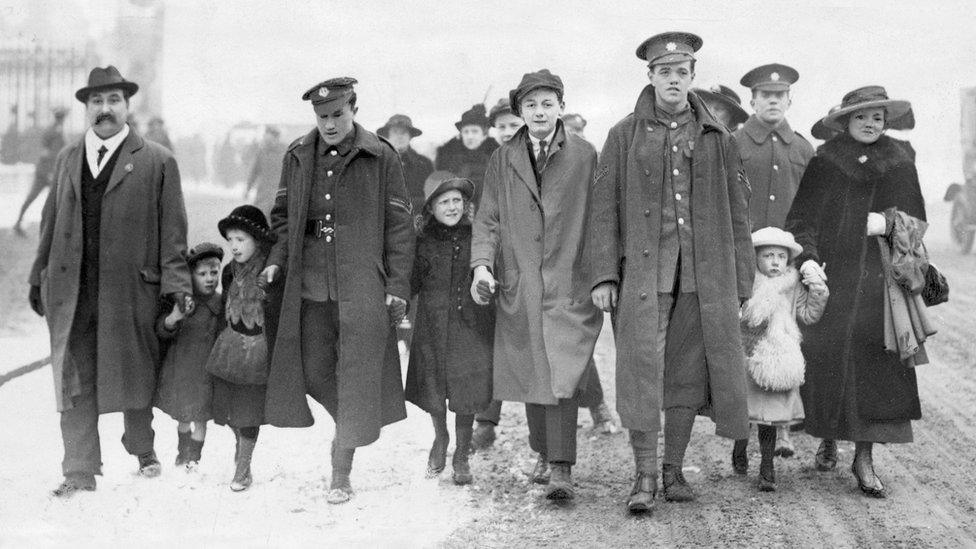
Frederick Jeremy Edwards (fourth from left), Cpl Henry Vealer and their families are seen leaving Buckingham Palace after Edwards's VC investiture in 1917.
Edwards later had to sell his VC, awarded for initiative and extreme bravery on the Somme, to make ends meet.

William Leefe Robinson VC
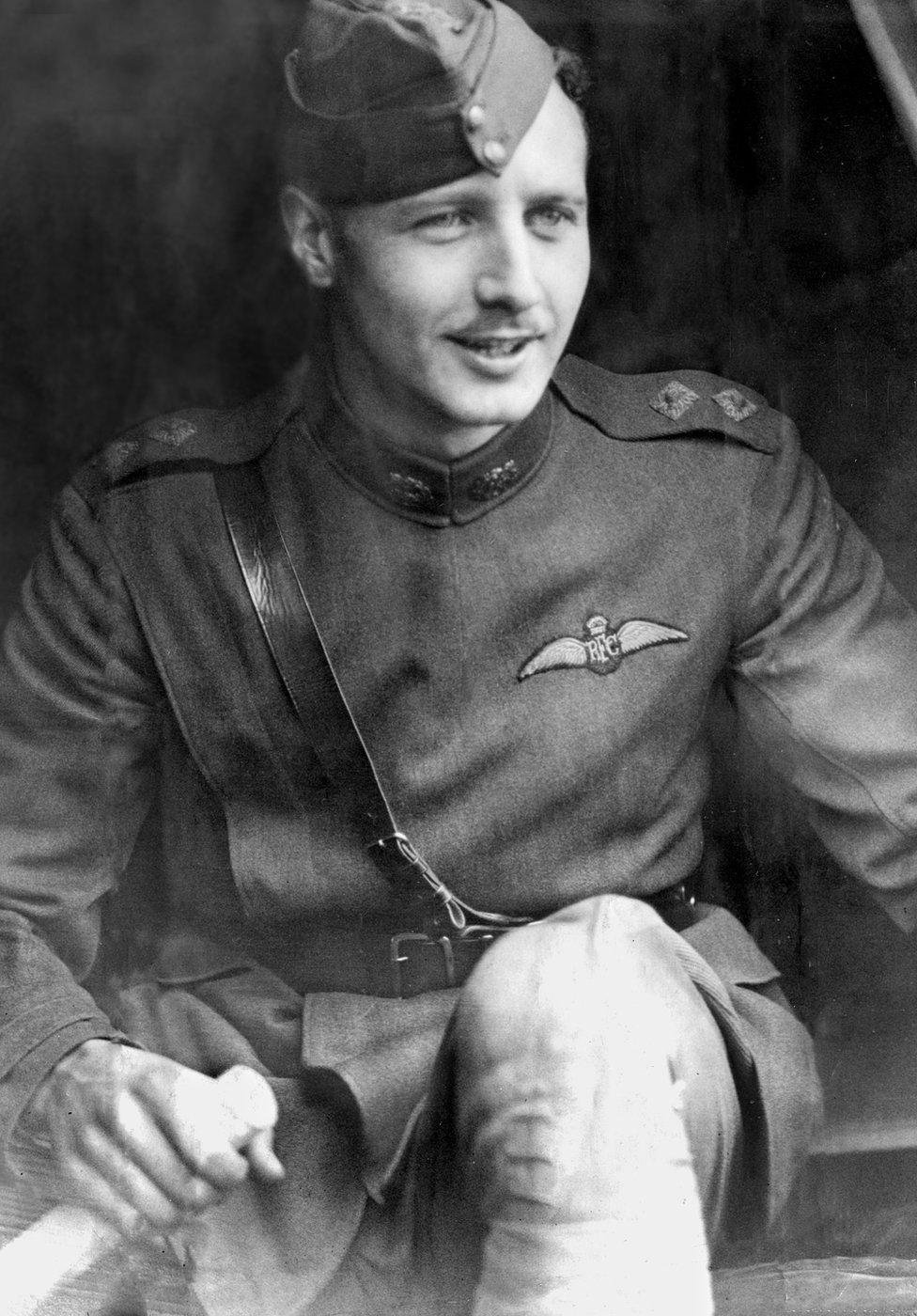
William Leefe Robinson, then aged 21, was the awarded his VC for shooting down a Zeppelin airship, the world's first long-range bomber, used by Germany over southern England. The Zeppelins flew at a high altitude out of the reach of ground fire. And at first, they seemed impervious to air attack.
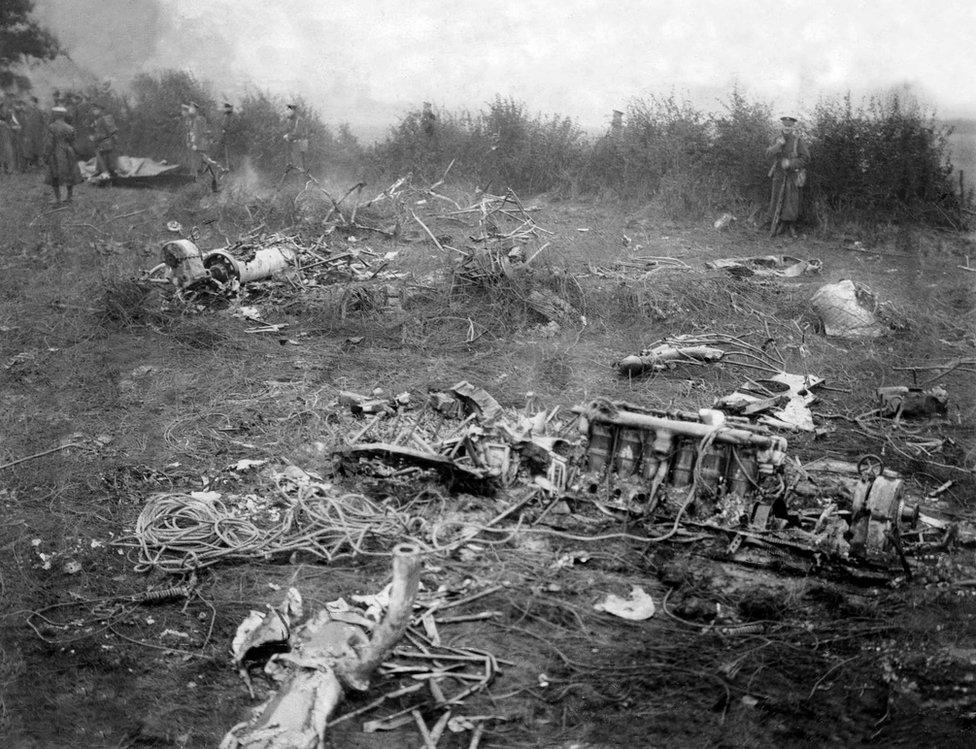
A combination of explosive and incendiary bullets was the answer.
The blaze of the Zeppelin shot down by Robinson was so fierce even the framework of the Zeppelin disappeared.
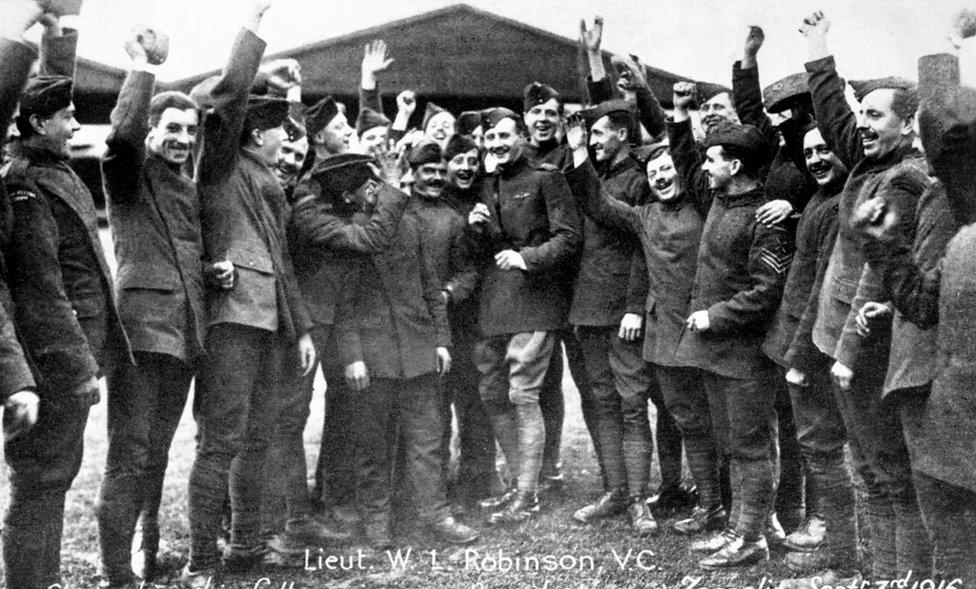
William Robinson (centre) was cheered by his fellow airmen the day after destroying the Zeppelin SL-11 over Cuffley, in Hertfordshire.
In April the following year, Robinson himself was shot down over France by the squadron let by Manfred von Richthofen, the Red Baron, and spent the rest of the conflict as a prisoner of war, making repeated attempts at escape. He died of influenza within a fortnight of returning home after the War.

William Hackett VC
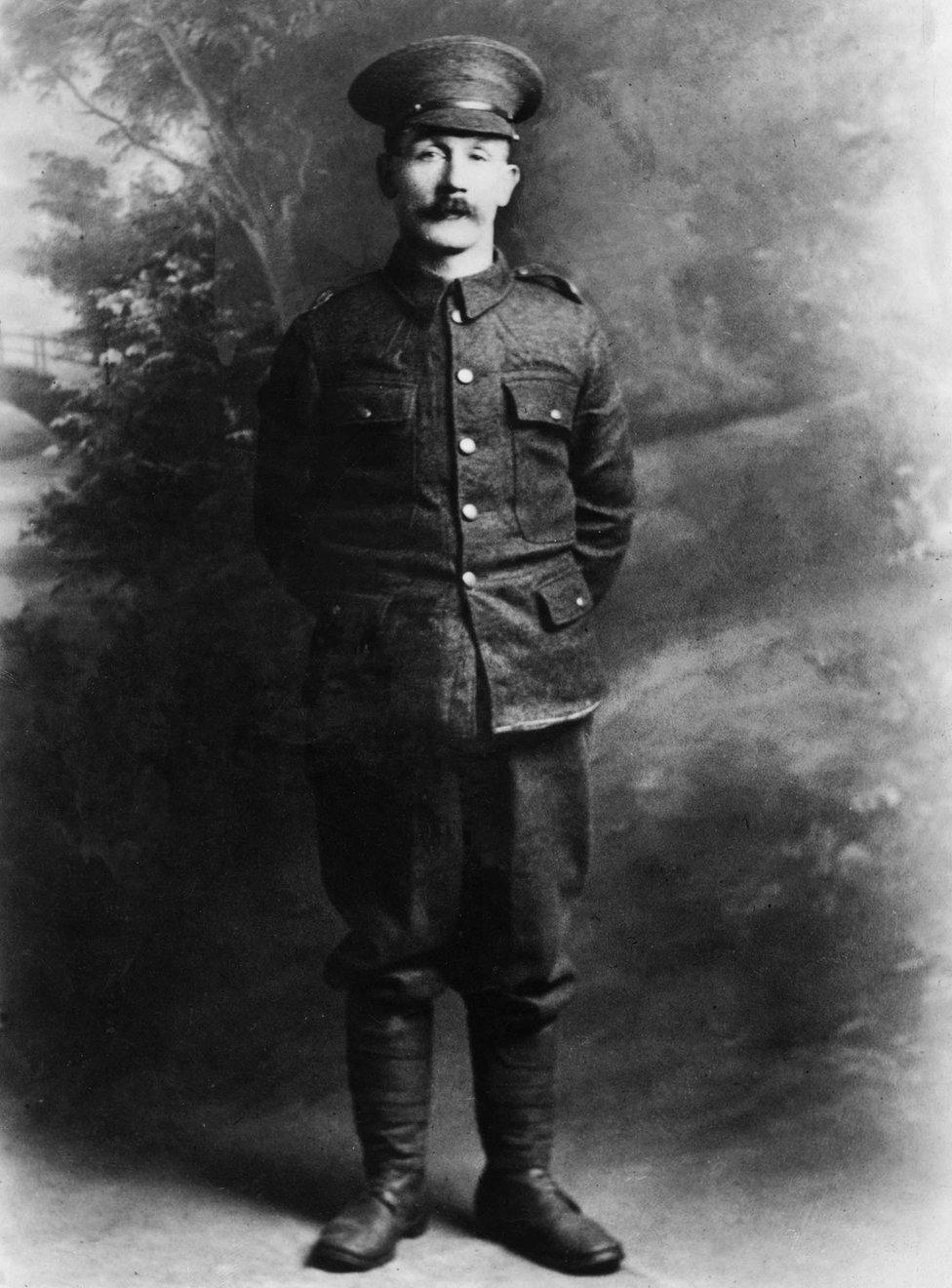
William Hackett, of the Royal Engineers, was on a five-man tunnelling mission near Givenchy in June 1916, when a mine exploded.
A hole was dug allowing three of the men to escape, but Hackett refused to leave a wounded colleague behind, Thomas Collins, 22, of the Welsh Regiment.
"I am a tunneller," he said, "I must look after the others first."
The tunnel collapsed killing both men, and attempts to recover their bodies failed.
Hackett is the only tunneller to receive the VC during World War One.

British sappers at work

Freddie Maurice Felix West VC
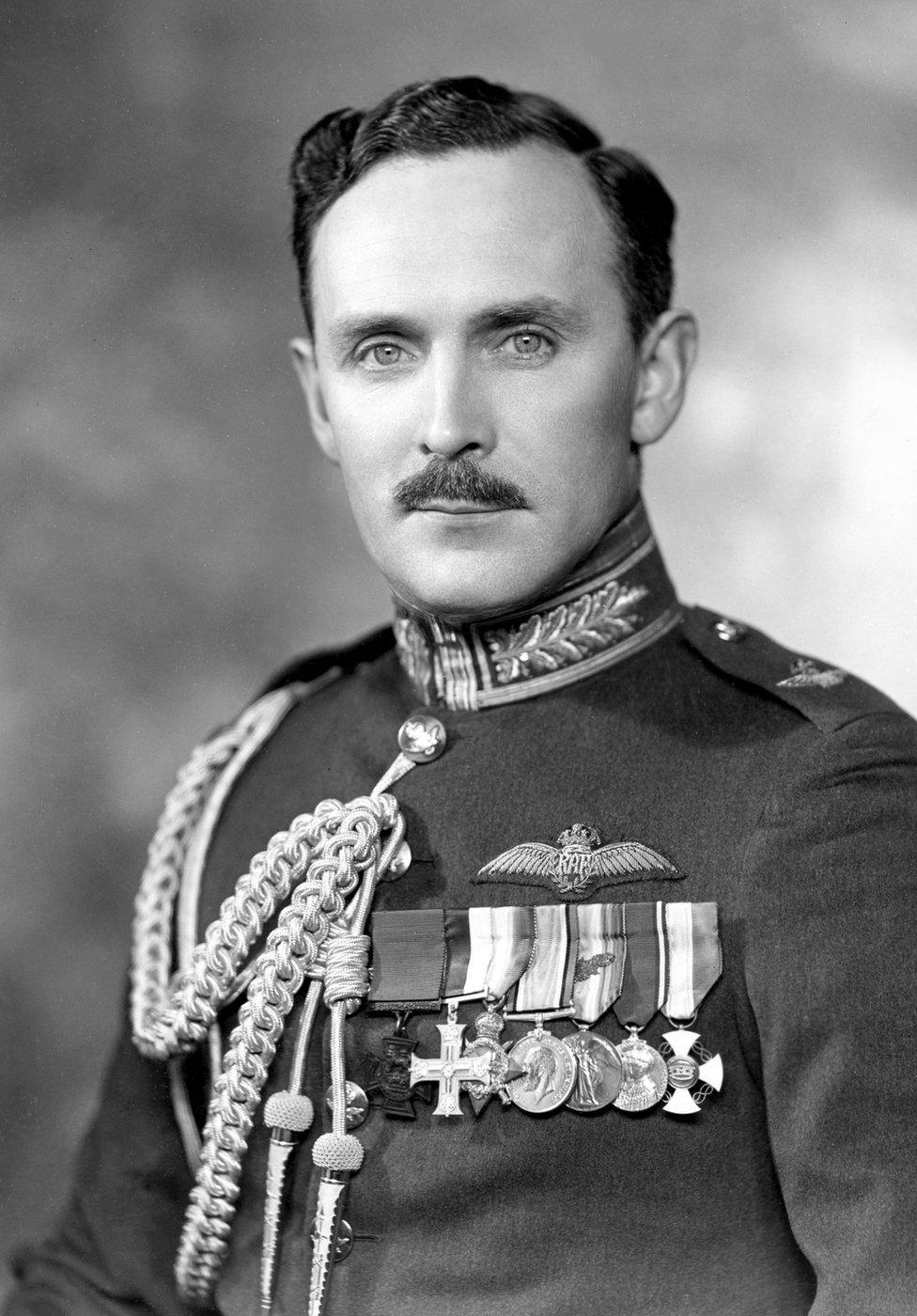
Freddie West was the first VC winner of the newly formed RAF, in August 1918.
He took bullets to both legs from enemy aircraft while flying, but made a tourniquet, removed the more disabled limb from the controls, and counter-attacked.
Upon landing, he insisted on "filing report" before having his leg amputated.

Spencer John Bent VC
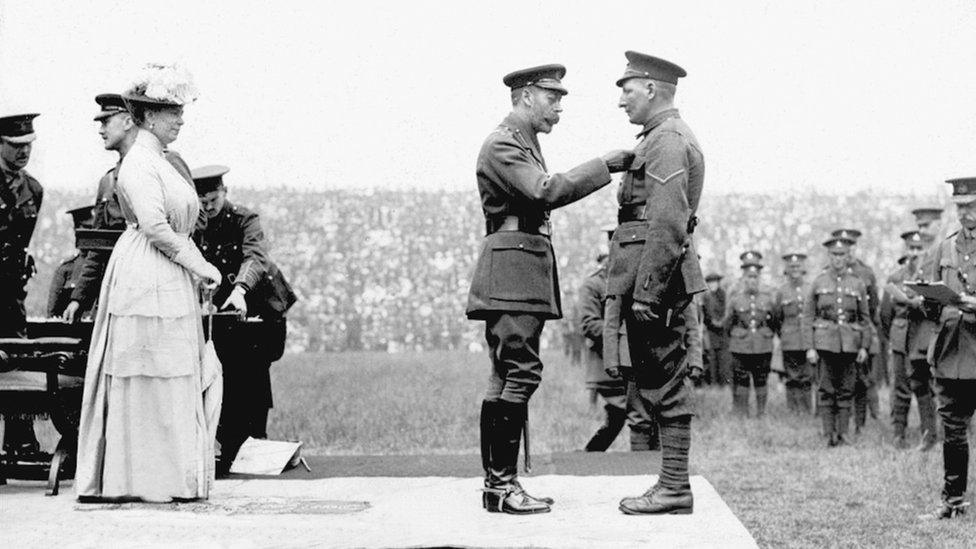
Spencer Bent was a drummer in the 1st Battalion of the East Lancashire Regiment, who took command of his platoon and succeeded in holding the position after the sergeant had been struck down. Here, he receives his VC from King George V.
Bent received many further awards, including the Military Medal and remained in the Army until 1926, serving with distinction, in Malta and the West Indies.
He died in Hackney, London, in 1977.

Victoria Cross Heroes of World War One by Robert Hamilton is published by Atlantic Publishing.
All photographs courtesy © Victoria Cross Heroes of WW1, Atlantic Publishing.